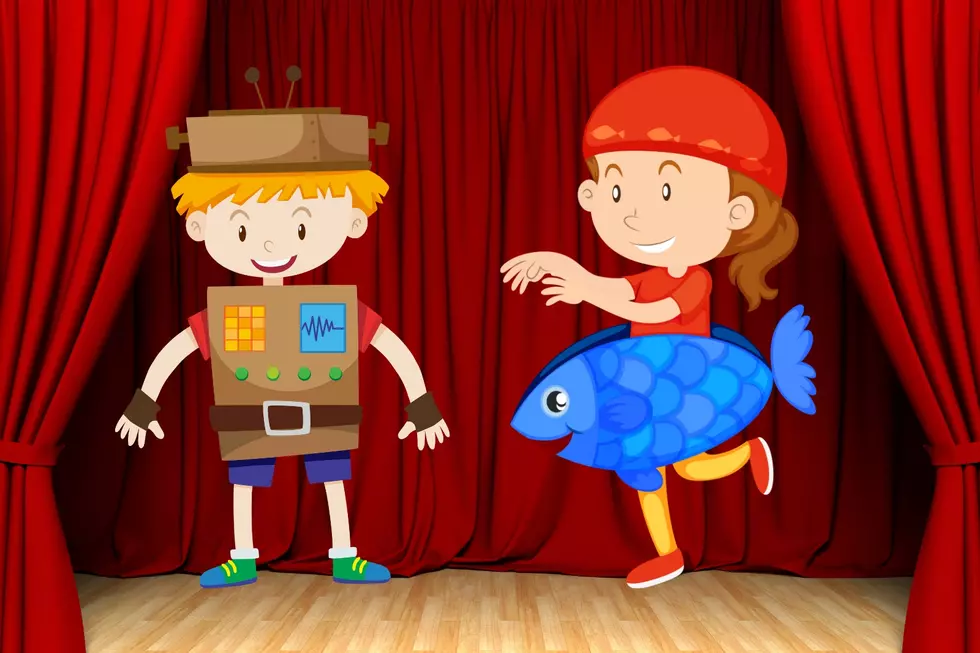
Watch Your Wallet – Fed’s Rate Hikes Will Hit Workers Hardest
Are you following the Federal Reserve's policies imposed on the American economy? First, we look at their recently signaled intentions to increase interest rates and hike unemployment to combat inflation.
Whether it will work is anyone's guess, including those running the Federal Reserve, which has been floundering on fiscal policy for quite some time.
Last week, U.S. Federal Reserve Board Chairman Jerome Powell announced that his bank would continue making historic rate hikes for the foreseeable future. The U.S. hasn't seen such extreme hikes since 1981, and that recession was memorable as it was painful.
The Fed's actions are making it costlier to borrow, as rates on many forms of consumer credit tie directly to the federal rate.
Pay Down Credit Cards ASAP!
How does it affect the average consumer? Your current fixed-rate mortgage or car loan won't change, but if you carry a balance on a credit card, the rate you owe on that money will continue to rise alongside short-term rates set by the Fed.
Higher interest rates are another form of taxation on workers and middle-class consumption.
So expect interest rates soon to exceed 20% or more on consumer credit cards. Talk with a financial advisor about consolidating credit card and consumer loans if your current debt limit exceeds $5000.
Increase Your Savings to Cover 3 to 6 months of Living Expenses!
Unfortunately for many vulnerable workers, the Fed's rate hikes are meant to throw people out of their jobs and apply downward pressure on wages. Should you get caught in the economic riptide, you'll be glad to have a financial life jacket in the form of a healthy savings account.
The Fed's monetary policy could over-inflate interest rates and drag down wages. But, those wages have lagged for years, and workers are now merely making up for lost buying power. But the Federal Reserve puts workers on the front lines as the ones who will bear the brunt of the policies.
Higher interest rates, slower growth, and a softening labor market are all painful for the public that we serve.
- Federal Reserve Chairman Jerome Powell
It seems cruel, but the Federal Reserve believes that a slower rate of wage growth means less cost pressure for companies. Therefore they can slow the price increases, which helps bring inflation down to a more acceptable rate.
Interestingly, commodity costs such as crude oil are already receding to January levels below $80 a barrel, which should show lower prices at the pump.
Watch Your Wallet!
The Federal Reserve is culpable for ignoring, slowly responding, and causing the current inflation. It printed and flooded the economy with billions of dollars during the pandemic. Also, it kept interest rates at record lows in recent years, which helped to spark the latest housing bubble. In theory, the Federal Reserve will now fix the problem it helped to create.
As the Federal Reserve purposely sends the U.S. economy towards a recession and suppresses wages, it will kill demand for everything from housing to energy and stock market investments. So protect yourself by paying down or refinancing your debts, and watch your wallet!
LOOK: See how much gasoline cost the year you started driving
More From 103.3 WJOD









